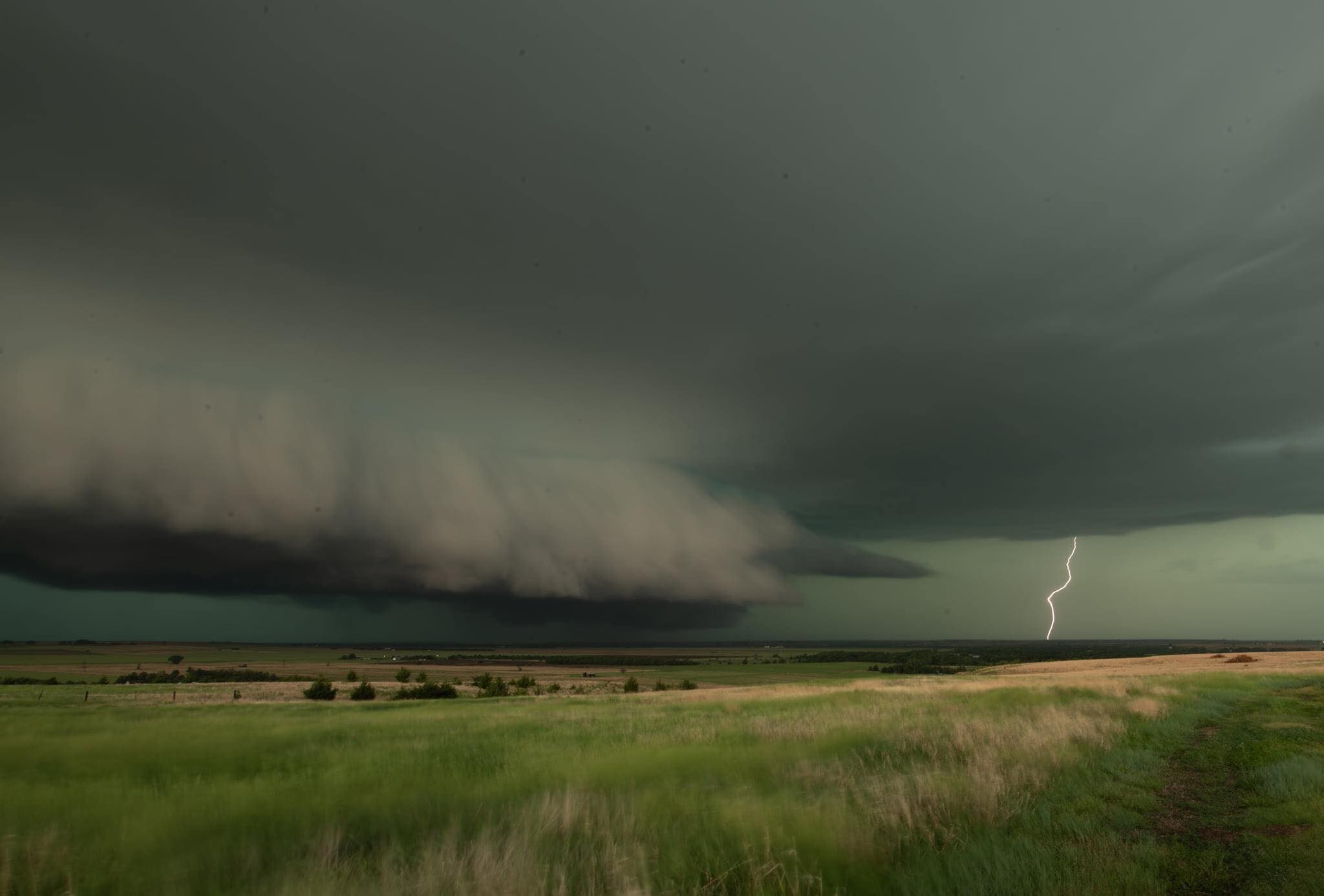While it’s more common in the spring, severe weather which rolled across the area Saturday night produced wind up to 78-miles per hour, hail up to the size of quarters, and 1.74 inches of rain in the Salina area is not really that rare in the fall.
Severe weather in Kansas in the fall is not uncommon. According to the National Weather Service, the primary severe weather season across the United States is considered to be in the spring (March-May), but Kansas also has a secondary severe weather season in the fall.
Fall severe weather season typically runs from late September into early November. Just like in the spring, the severity of the fall season varies from year to year and usually is not nearly as intense.
However the important thing to remember is that severe weather, including tornadoes, doesn’t just happen in the spring. In 2016, on October 6th two tornadoes touched down in rural Saline County. Two homes were hit, and one of them was destroyed completely. When the first tornado touched down, an official warning had not yet been issued. That was attributed to weak signals on the radar, probably because of the time of year.Though there was damage, there were no injuries. Hayes says the warning was prompted by spotter reports, and also attributes spotters to the best statistic, no injuries or fatalities.



